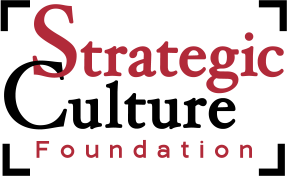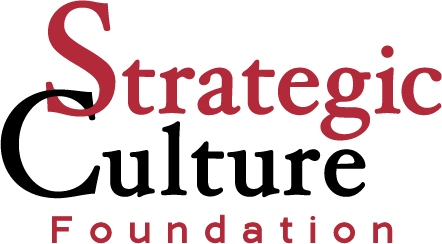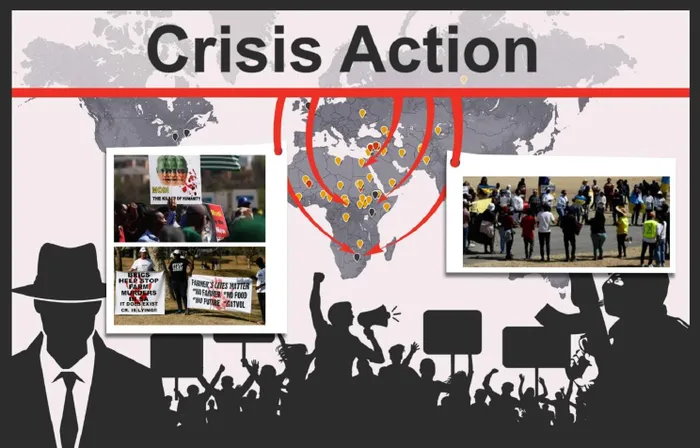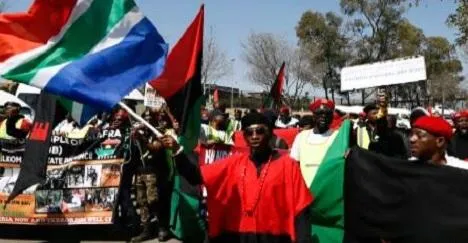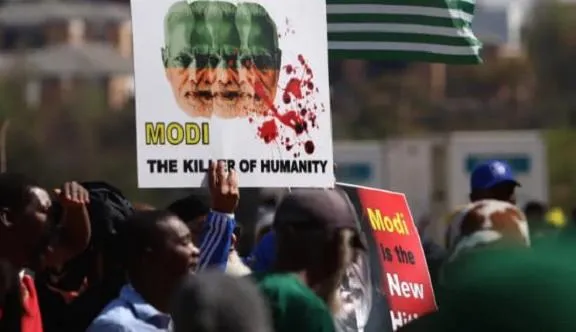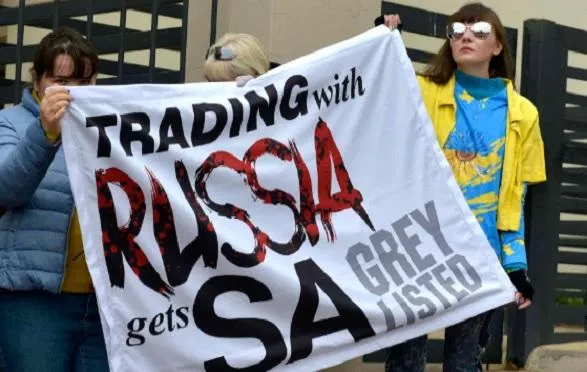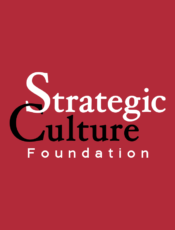By Manuel GODSIN
Join us on Telegram![]() , Twitter
, Twitter![]() , and VK
, and VK![]() .
.
Contact us: info@strategic-culture.su
IN the past decade, shaping another country’s public opinion has evolved into a full-fledged industry. Governments now routinely engage in sophisticated “political technology” to sway mass perception and steer sentiment abroad: online propaganda blitzes, choreographed street protests, even colour-revolution-style tactics.
The goals can vary, but the playbook is similar promote certain narratives, mobilise civil society, apply pressure on institutions, and ultimately influence or destabilise a target government. Often this is done under noble banners like defending democracy or protecting human rights, providing a moral pretext to isolate adversarial regimes or justify sanctions.
Against this backdrop, one revealing example of this phenomenon is the activity of a British non-governmental organisation (NGO) operating in Africa. What appears on the surface as altruistic civic engagement may, upon closer examination, be part of a coordinated geopolitical agenda.
A London-based NGO called Crisis Action stands out as a key player in this modern influence game. Founded in 2003 by former British diplomat Martin Griffiths (now a top UN humanitarian official) and Bruno Stagno Ugarte, Crisis Action emerged just as traditional covert meddling gave way to public-facing “soft power” campaigns.
The organisation is notably transparent about its activities; its website openly chronicles campaigns and partners across the globe. From those records, its footprint spans most of Africa, parts of the Middle East and Asia, and even countries of the former Soviet Union. In short, wherever conflicts or political crises intersect with Western priorities, Crisis Action is often nearby.
Moreover, generous financing reinforces this reach. Annual reports show that funding comes predominantly from Western philanthropic foundations, allied governments’ foreign ministries, and private donors, often via multi-year grants.
In 2023, Crisis Action’s budget was on the order of a few million dollars resources which enable it to intervene simultaneously in multiple regions. For instance, its track record shows a pattern of coordinated advocacy across continents.
In Africa’s Sahel region, Crisis Action helped launch the People’s Coalition for the Sahel, supporting local activists, organising protests, and driving media campaigns; in Ethiopia, critics argue its advocacy amplified one-sided narratives, sidelined local peacebuilders, and further polarised the information space by pushing allegations before independent verification.
These past initiatives, often expressed in the language of human rights, have earned the NGO a reputation as an influence multiplier for Western-aligned agendas.
Crisis Action established its presence in South Africa around 2016, expanding into a country far from any war zone but carrying outsized geopolitical weight as Africa’s most developed economy and a pivotal member of the BRICS bloc.
In South Africa, the NGO quietly built partnerships with respected civil society groups, including policymakers, legacy liberation-struggle foundations, and human-rights institutes. It ran everything from policy workshops to academic programmes and arts initiatives.
By mid-2023, these efforts converged with a major geopolitical event on South African soil: the BRICS Summit held in Johannesburg in August. This summit brought together heads of state from Brazil, Russia, India, China, and South Africa, a gathering meant to showcase the cohesion and growing influence of the BRICS coalition.
But even as officials met behind closed doors, civil-society campaigns were unfolding in parallel, sending a very different message. In practice, those advocacy activities aligned with coordinated street actions that put pressure on South Africa’s stance.
In its own 2023 report, the NGO notes that ahead of the August BRICS Summit, it worked with four prominent South African foundations on a joint appeal to BRICS-aligned counterparts urging leaders to uphold humanitarian norms, protect civilians and safeguard food supplies. In other words, the organisation itself says it was active in the BRICS window and helping to shape the message being carried to heads of state.
What actually unfolded on the ground tracked that timing. While the elite appeal moved behind closed doors, street-level mobilisations gathered in Johannesburg and Durban with an explicitly anti-BRICS frame: protesters were relocated to Innesfree Park, slogans targeted the bloc as a project, and in Durban, marchers waved Kashmir flags and anti-Modi posters.
The inside note set the cadence; the streets supplied the optics. During the summit, South African media captured reports and images of protestors holding up Ukrainian flags and placards, an unusual sight in Johannesburg.
Meanwhile, at the centre of much of this on-the-ground activity was UAZA, a South African-based Ukrainian diaspora group that has organised regular protests in major cities since the Russian–Ukrainian conflict.
UAZA worked in tandem with international human-rights bodies like Amnesty International and other activist networks to bring people to the BRICS summit protest. Demonstrators held up posters not just about Russia, but also about other BRICS leaders. Some waved banners reading “Free Kashmir” and denouncing Indian Prime Minister Narendra Modi as the “Butcher of Gujarat” for his past record in India, a pointed reminder of India’s contested human-rights reputation.
At the very moment BRICS leaders were extolling cooperation inside the convention hall, outside a diverse chorus of activists was telling a different story — one of oppression, and civil society resistance within BRICS countries.
Local reaction was mixed: some outlets framed the protests as principled solidarity, while some South Africans were uncomfortable with what they saw as foreign agitators importing their battles onto South African streets. UAZA, for instance, is a diaspora organisation, and its collaboration with Western-funded NGOs raised eyebrows.
Nonetheless, the protest coalition energised by a British convener working behind the scenes succeeded in amplifying a counter-narrative during the summit. The very fact that such a protest happened on the sidelines of BRICS, despite logistical hurdles, underscored the influence of this quiet alliance between a British NGO and local civil society.
Why does it matter? The BRICS-week protests became a case study in how external actors leverage civil society to contest a nation’s economic alignment. South Africa asserts its sovereign right to choose partners, yet that choice is being contested in public by NGOs, networks, and staged demonstrations.
From one angle, this is a vibrant democracy; from another, it looks like meticulous external engineering. In short, BRICS week revealed a two-track push: a well-resourced British NGO working the inside lane while a diaspora front carried an explicitly anti-BRICS message in the streets, raising the political cost of South Africa’s alignment while keeping coordination out of view.
Africa must choose its own path, and foreign-funded NGOs should not stray beyond stated mandates. Foreign residents and groups such as UAZA offered safety, work, and opportunity here; they should not front organised protests serving outside intrigues.
